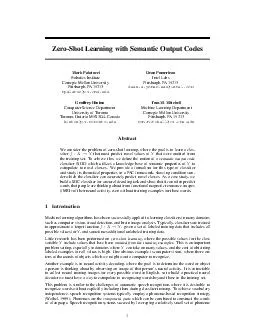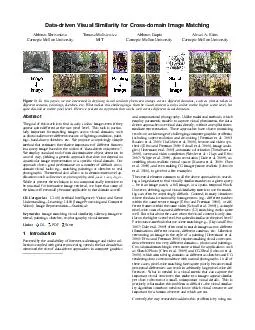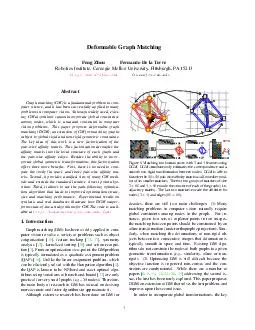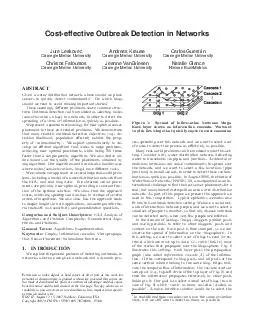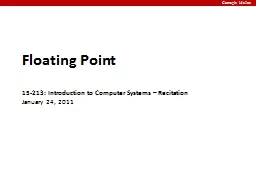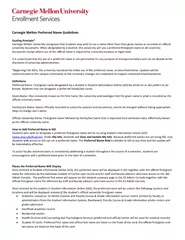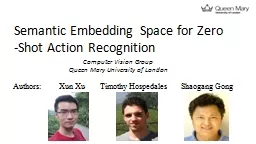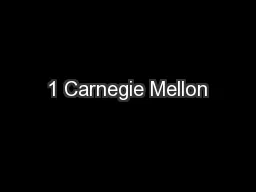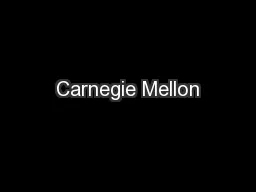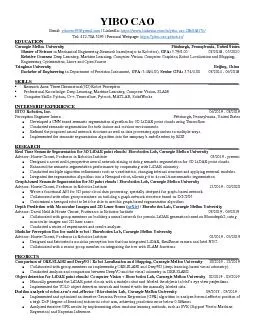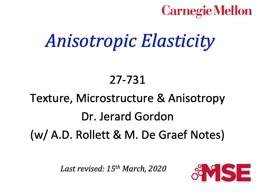PDF-ZeroShot Learning with Semantic Output Codes Mark Palatucci Robotics Institute Carnegie
Author : min-jolicoeur | Published Date : 2014-11-27
cmuedu Dean Pomerleau Intel Labs Pittsburgh PA 15213 deanapomerleauintelcom Geoffrey Hinton Computer Science Department University of Toronto Toronto Ontario M5S
Presentation Embed Code
Download Presentation
Download Presentation The PPT/PDF document "ZeroShot Learning with Semantic Output C..." is the property of its rightful owner. Permission is granted to download and print the materials on this website for personal, non-commercial use only, and to display it on your personal computer provided you do not modify the materials and that you retain all copyright notices contained in the materials. By downloading content from our website, you accept the terms of this agreement.
ZeroShot Learning with Semantic Output Codes Mark Palatucci Robotics Institute Carnegie: Transcript
Download Rules Of Document
"ZeroShot Learning with Semantic Output Codes Mark Palatucci Robotics Institute Carnegie"The content belongs to its owner. You may download and print it for personal use, without modification, and keep all copyright notices. By downloading, you agree to these terms.
Related Documents

